THAI NGUYEN To produce organic midland tea with a rich flavor of 'bitter at first, sweet aftertaste' requires abundant nutrition and effective absorption by the tea plant.
THAI NGUYEN To produce organic midland tea with a rich flavor of 'bitter at first, sweet aftertaste' requires abundant nutrition and effective absorption by the tea plant.
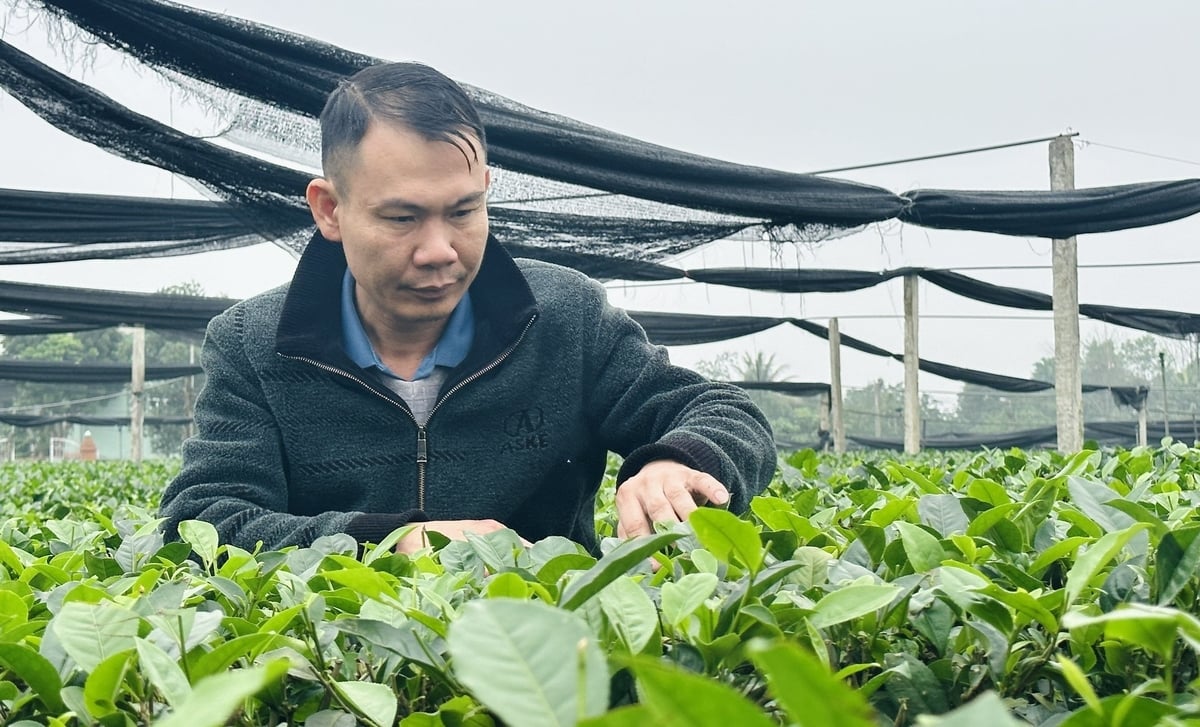
Mr. Nguyen Thanh Duong - Director of Tan Cuong midland tea cooperative. Photo: Quang Linh.
Perseverance with ancient midland tea
To preserve the ancient midland tea line that forms the soul of Tan Cuong tea region (Thai Nguyen city), Mr. Nguyen Thanh Duong - Director of Tan Cuong midland tea cooperative has devoted a lot of effort to testing biological measures to prevent soil degradation, control pests and improve plant health.
Mr. Duong was born and raised in the Tan Cuong tea region, so he has mastered all the techniques of planting and caring for tea trees. Since 2005, when many households here destroyed the old midland tea area to pursue high-yield hybrid tea varieties, he had a different way of thinking when he decided to keep his family's midland tea area to renovate and care for it.
“The ancient midland tea variety originating from Phu Tho has been grown in Tan Cuong since the early years of the last century. Thanks to its suitability to the climate and soil, midland tea trees grow well and create a bitter aftertaste that is famous throughout the three regions. However, if not properly cared for, many years old midland tea trees are susceptible to root fungus, which reduces productivity and can kill the trees.
To cure this disease, people must detoxify the soil, use biological products to restore the roots, and care for the plants with organic fertilizers. This requires farmers to be patient because the recovery process can take years,” Mr. Duong shared.
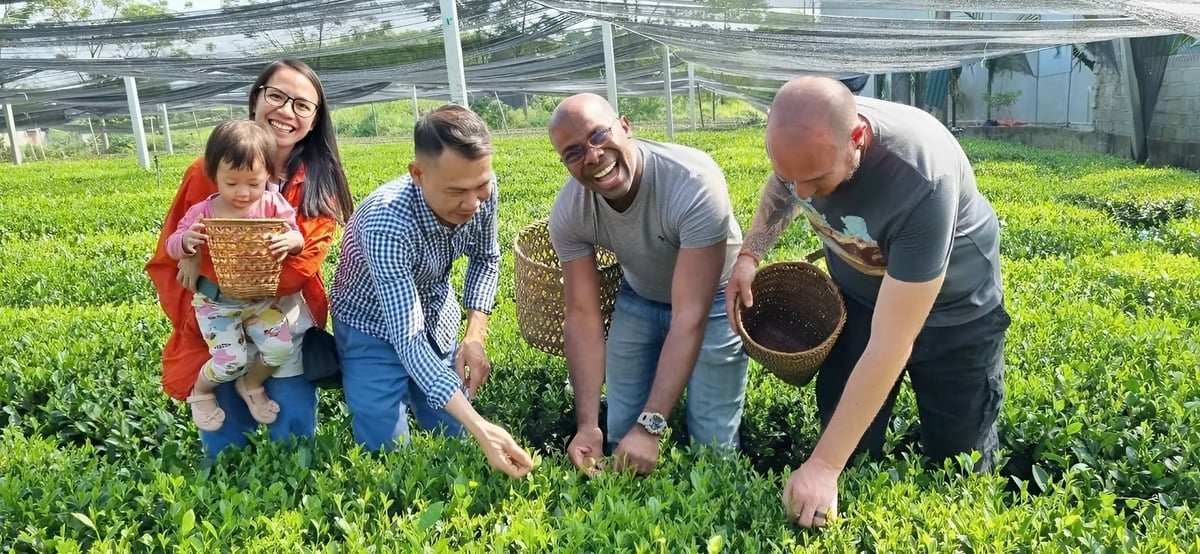
International tourists enjoy the organic tea area of Tan Cuong midland tea cooperative. Photo: Provided by the character.
Learning from many models as well as consulting with experts, Mr. Duong determined that converting to organic production is the way to revive the ancient midland tea line in Tan Cuong. Up to now, Tan Cuong midland tea cooperative has 5 hectares of tea certified organic, 15 hectares certified VietGAP and is gradually converting to organic standards.
“Organic certification is a guarantee for consumers’ health, meeting customers’ desire for clean, safe products. However, for tea products, cleanliness alone is not enough, but must promote the aroma and taste of the ancient midland variety, which is bitter at first and sweet aftertaste, to attract tea connoisseurs,” the Director of Tan Cuong midland tea cooperative worries.
Combine basal and foliar fertilization for breakthrough quality
After applying many experimental models of organic fertilizer, Mr. Duong concluded: "To make organic tea plants have a breakthrough in quality, it is necessary to combine root fertilization with foliar fertilization."
Currently, Tan Cuong midland tea cooperative uses traditional organic fertilizers and microbial organic fertilizers combined with nanotechnology foliar fertilizers.
Traditional organic fertilizers are derived from fish protein, earthworms, soybeans, and green manure from natural leafy plants. This type of fertilizer contains all the macro, medium, and micronutrients and amino acids. These nutrients are essential for plants and cannot be found in chemical fertilizers.
This type of fertilizer is processed by traditional composting over a long period of time. After it has decomposed to the required level, it will be used to fertilize tea plants at certain stages of plant growth.

Mr. Duong makes the most of agricultural by-products to make organic fertilizer. Photo: Quang Linh.
Organic microbial fertilizers contain over 15% organic matter and beneficial microorganisms at appropriate density. Microorganism groups include organic decomposing microorganisms, nitrogen-fixing microorganisms, biophysical microorganisms, antagonistic microorganisms, cellulose-decomposing microorganisms, etc.
Organic microbial fertilizers contain microorganisms that are antagonistic fungi that help prevent fungal diseases and increase soil fertility. Preparations containing microorganisms increase the plant's metabolism, improve plant resistance and disease resistance, and help increase the quality of tea buds when harvested.
In particular, the cooperative is using organic fertilizers using nanotechnology for foliar application. This type of biological organic fertilizer is derived from herbs and includes main ingredients such as Humic Acid, Fulvic Acid, pHH20... This type of fertilizer specializes in detoxifying and improving the soil, accelerating the process of restoring balance to the ecosystem. Residual heavy metals in the soil such as phosphorus, chlorine, sodium, iron, copper, and manganese will be converted, reducing acidity, stimulating the growth of all microorganisms in the soil, contributing to restoring soil porosity.
To reduce labor and increase absorption efficiency for plants, Tan Cuong midland tea cooperative has deployed foliar fertilizer spraying using an automatic irrigation system. Fertilization time is 3-5 days after harvesting, the second time is 5-7 days after the first time and the third time is 5-7 days after the second time, and harvest can only be done at least 15 days after fertilization.
Combining root and foliar fertilization helps to shorten the harvesting time after each batch. In particular, the taproot and fibrous roots develop strongly. The buds have uniform thickness. After harvesting, the tea water has a clear, yellow-green color, a strong natural aroma, and the intact flavor of "bitter at first, sweet after".
Although highly effective, the combined fertilization method has not yet been widely applied due to its high cost. At the Tan Cuong midland tea cooperative, 1 sao (360m2) of young tea costs about 1.2 million VND, and this figure can be up to over 1.5 million VND per sao for the area of young tea. This requires tea growers to be patient and not rush to make high profits in order to produce organically sustainably.
According to the assessment of the cooperative members, when converting to organic tea production, the ecosystem on each tea field is significantly improved, the land is fertile. In addition, farmers are also more secure when producing, not worrying about affecting their health, and the climate is fresh.

Land fund for expanding tea area in Tan Cuong commune is still limited. Photo: Quang Linh.
Need a mechanism to convert ineffective rice-growing land to tea-growing land
Along with Mr. Duong, many households in Tan Cuong have now returned to improve midland tea varieties or planted new ones to spread the "bitter at first, sweet after" flavor. To further expand the area of organic tea cultivation and form a large-scale production area, the Director of Tan Cuong midland tea cooperative proposed that the local government have policies to support people in converting land use purposes from other ineffective crops to tea cultivation.
"Compared to other tea areas in Thai Nguyen province such as Dai Tu and Dong Hy, the area of Tan Cuong tea area is still limited. The reason is that the conversion of ineffective intercropped rice fields to tea cultivation has not been implemented because the proposed conversion locations are mainly located in the urban planning area west of Thai Nguyen city," said Mr. Duong.
In the coming time, Thai Nguyen province needs to continue planning concentrated tea production areas; invest in overall development projects for Tan Cuong tea area, especially tea production and processing factories. There should be a specific mechanism to attract large enterprises to invest in tea processing and trading activities, especially in consumption.
Mr. Duong assessed that tea is a perennial plant but the leaves are harvested regularly, so nano foliar fertilizer cannot completely replace the root fertilizer. In the beginning, when using foliar fertilizer, the plants cannot adapt and absorb it effectively immediately, avoid fertilizing during heavy rains. At this time, farmers need to pay special attention to pests and diseases, especially in the Northern region with erratic weather.
Source: https://nongsanviet.nongnghiep.vn/bi-kip-bon-phan-huu-co-cho-dong-che-trung-du-co-d743866.html



![[Photo] Prime Minister Pham Minh Chinh chairs meeting to remove difficulties for projects](https://vstatic.vietnam.vn/vietnam/resource/IMAGE/2025/3/30/7d354a396d4e4699adc2ccc0d44fbd4f)
![[Photo] Ministry of Defense sees off relief forces to the airport to Myanmar for mission](https://vstatic.vietnam.vn/vietnam/resource/IMAGE/2025/3/30/245629fab9d644fd909ecd67f1749123)



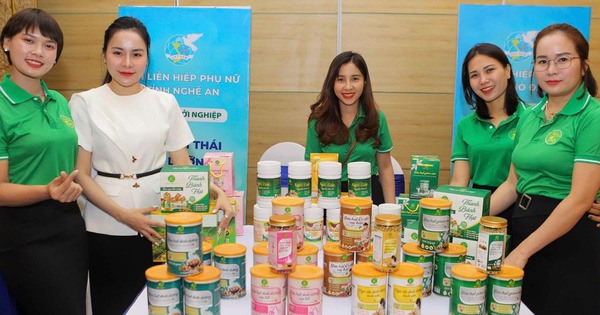

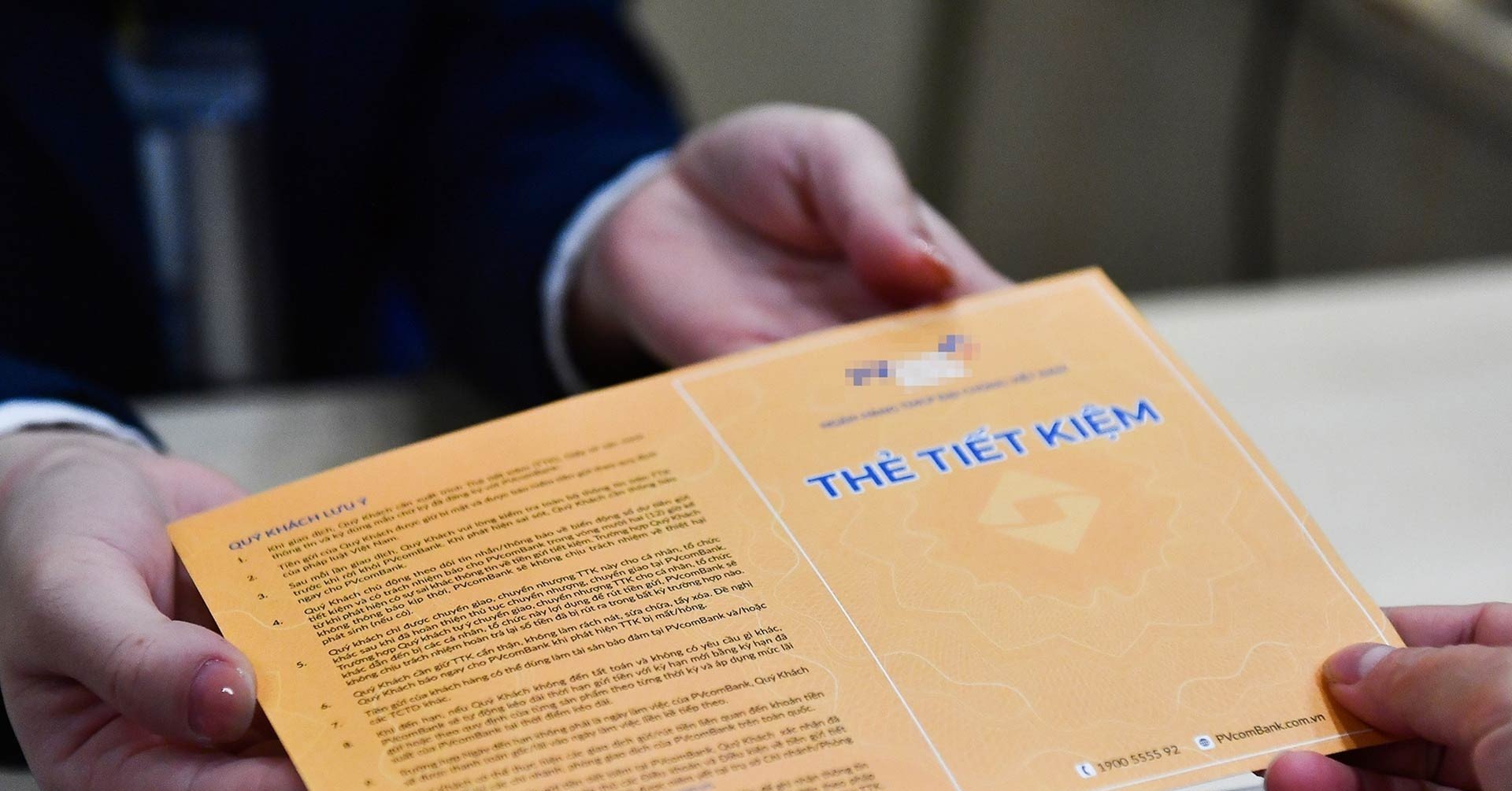





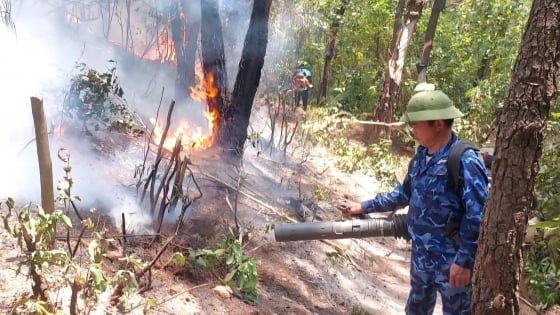


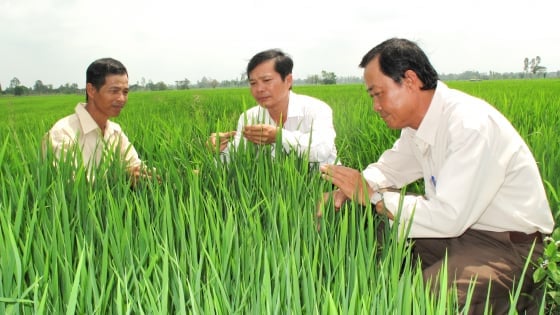
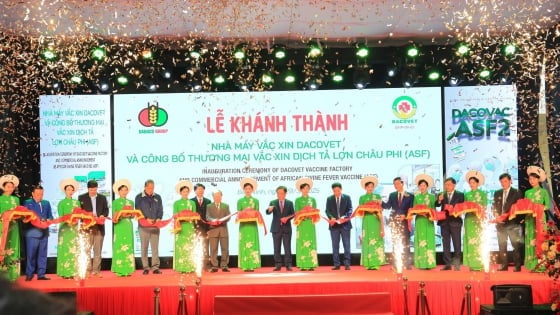
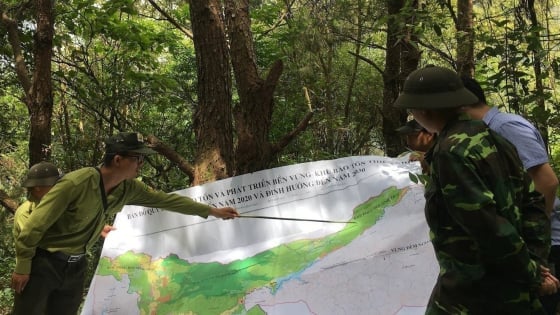


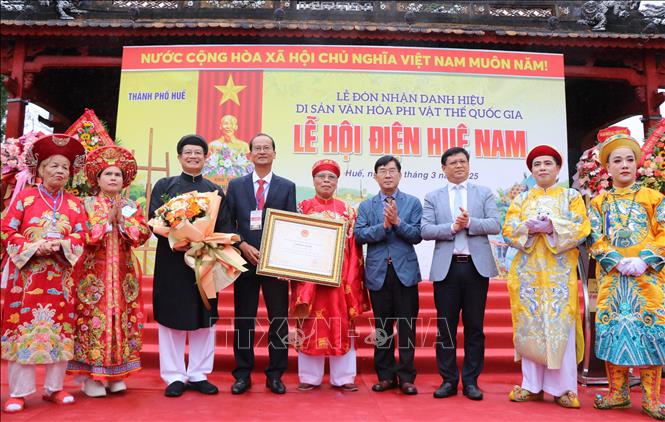











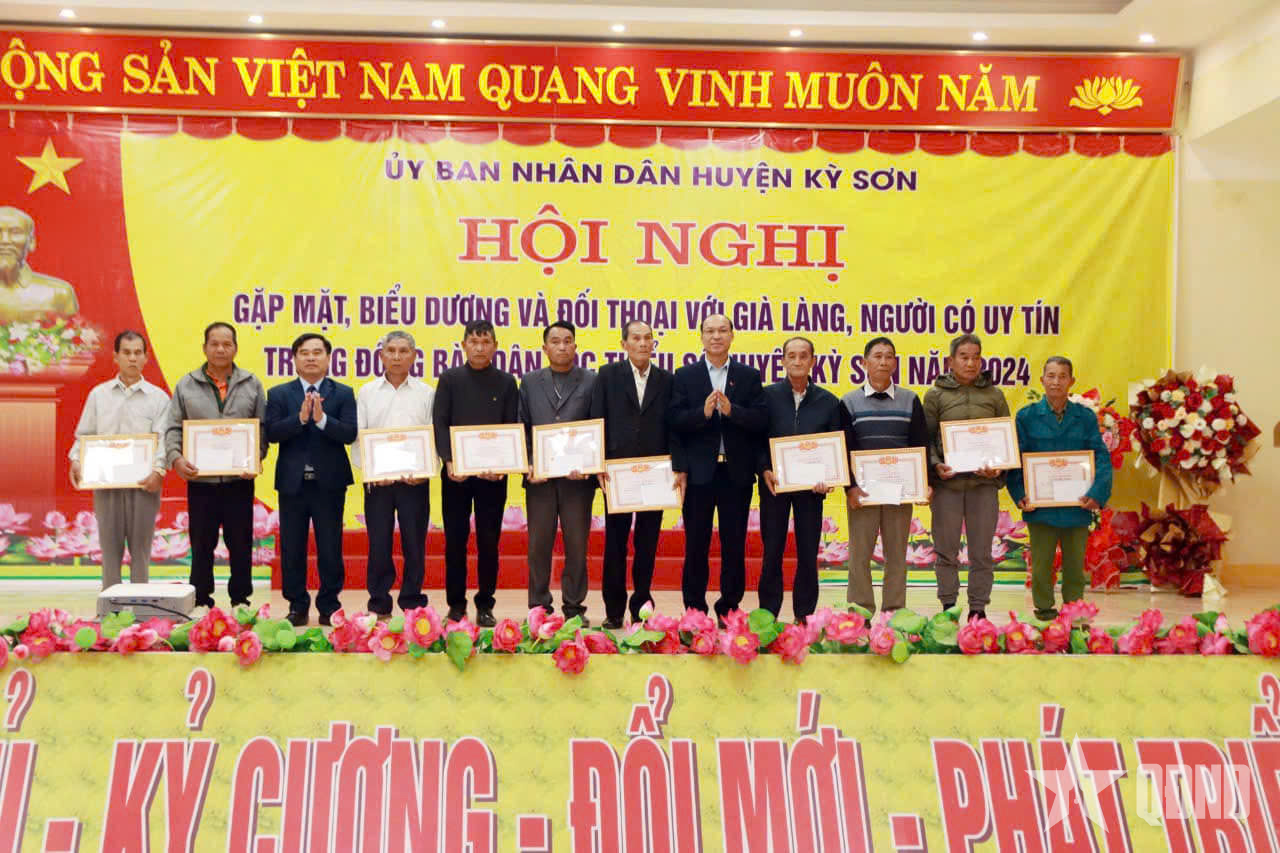



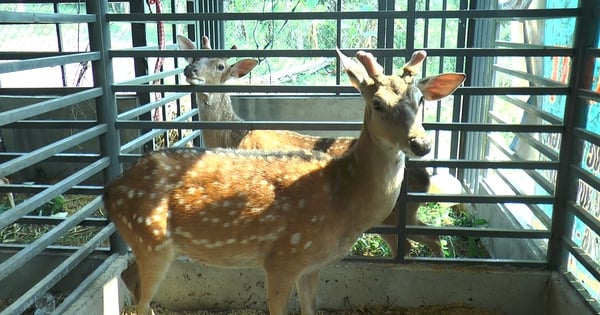



























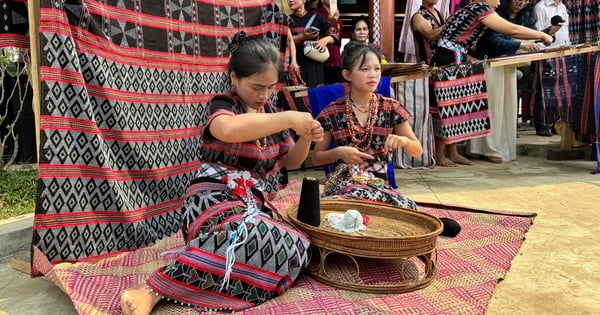


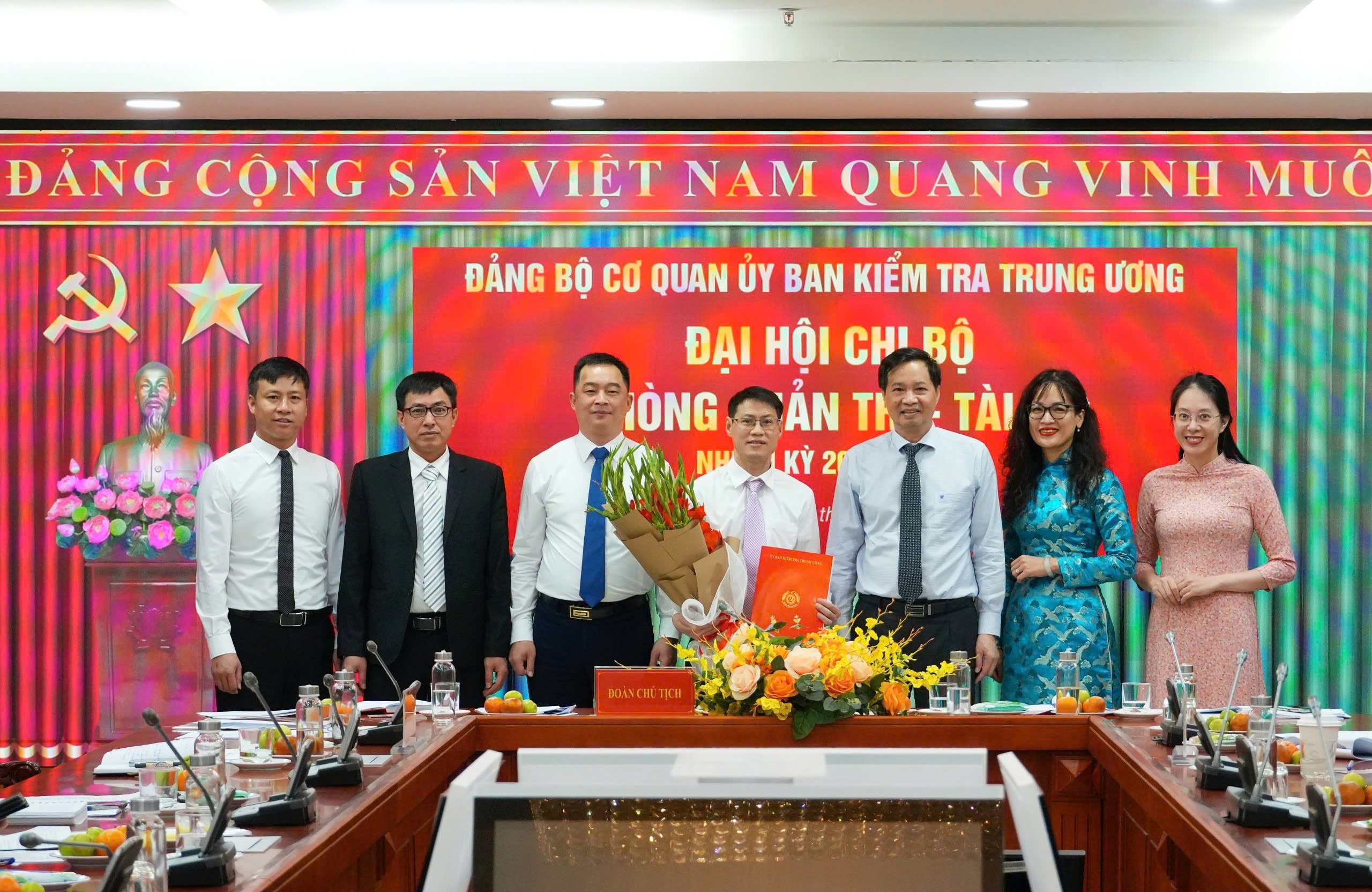
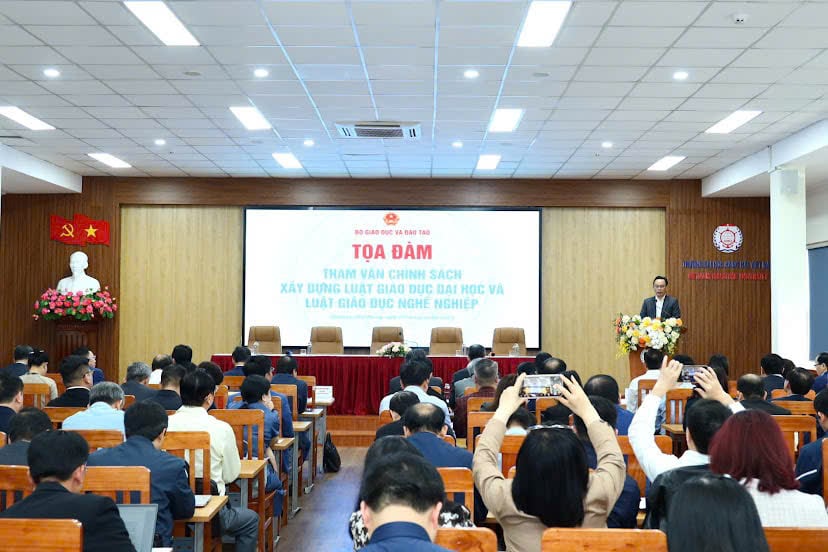

![[Video]. Developing craft villages in rural areas](https://vstatic.vietnam.vn/vietnam/resource/IMAGE/2025/3/30/bc880cd4ce0e4ee88eaca6e71d2e8872)





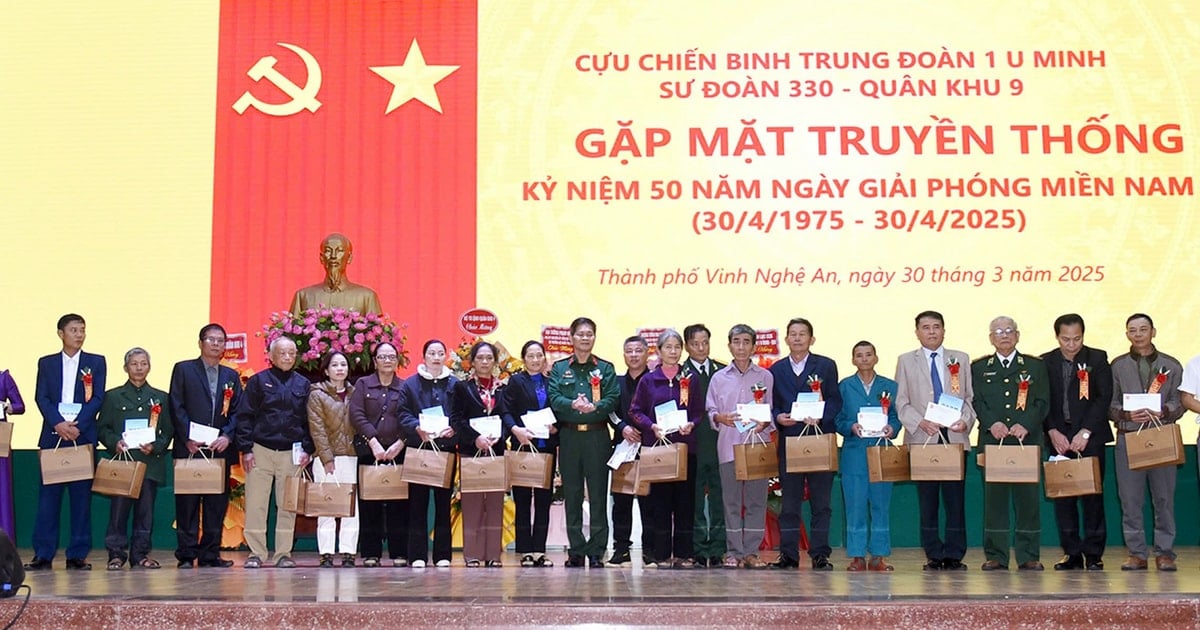
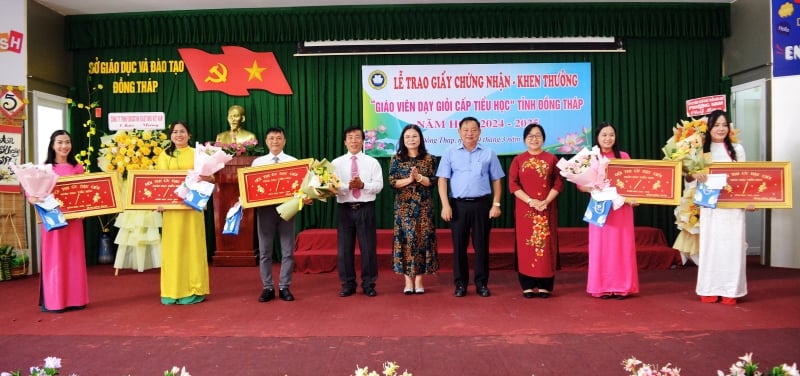

![[REVIEW OCOP] An Lanh Huong Vet Yen Cat](https://vstatic.vietnam.vn/vietnam/resource/IMAGE/2025/3/27/c25032328e9a47be9991d5be7c0cad8c)




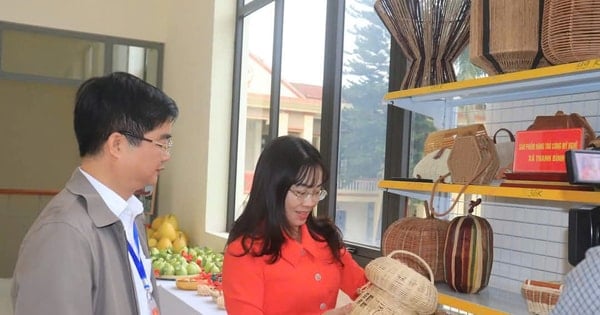

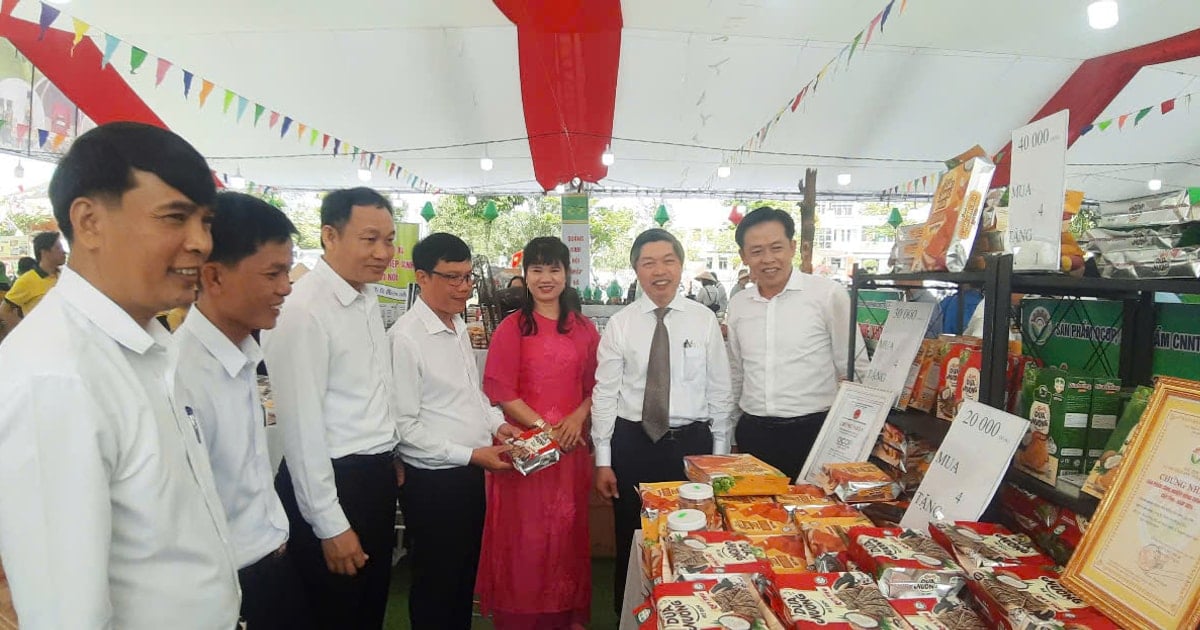


Comment (0)